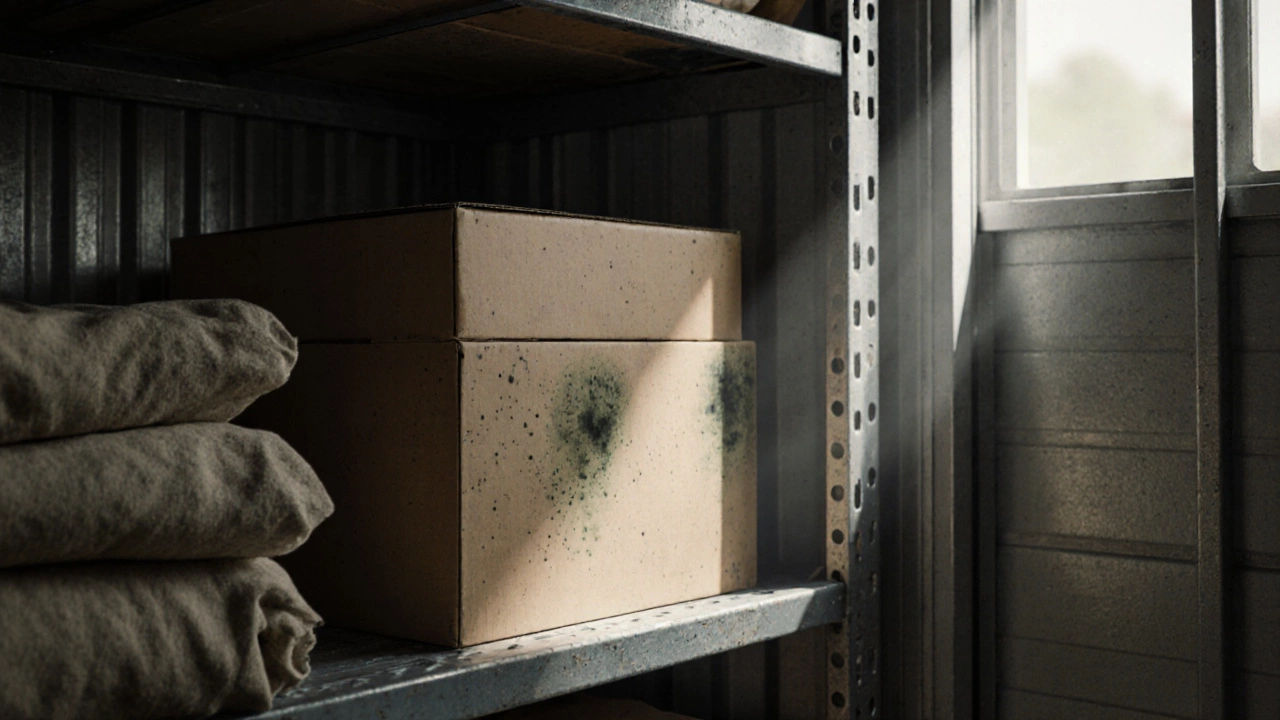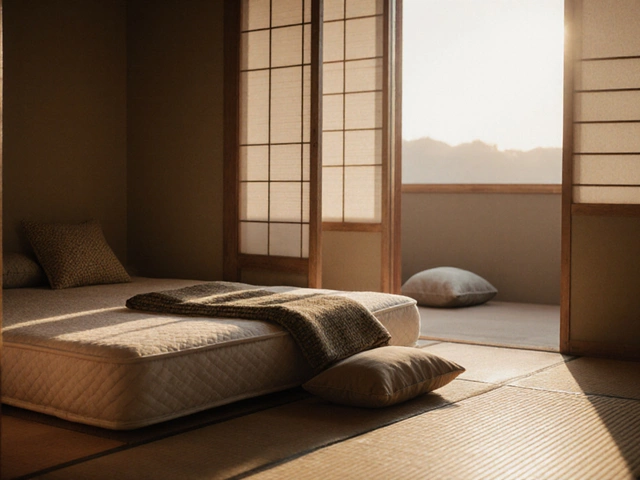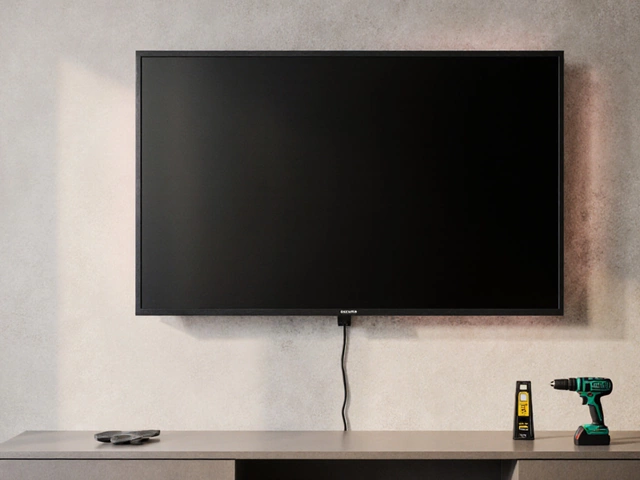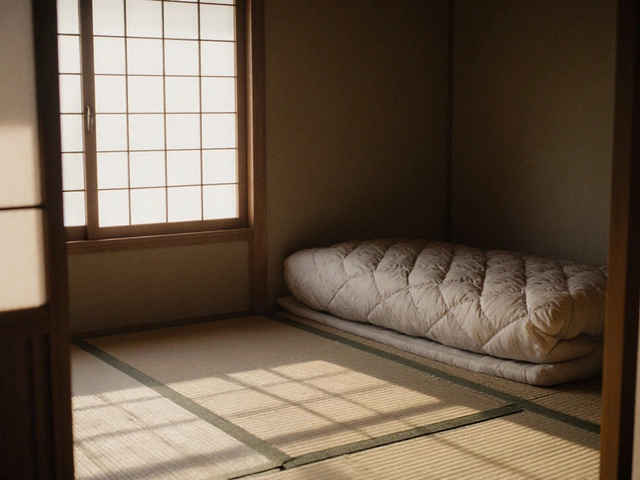Humidity and Mold
When dealing with humidity and mold, the combination of excessive indoor moisture that encourages fungal spores to thrive. Also known as moisture problems, it can affect everything from walls to wardrobes. This issue usually starts with indoor humidity, which is the amount of water vapor present in the air inside your home. When humidity levels stay above 60 % for prolonged periods, they create a perfect breeding ground for mold growth, a type of fungus that releases spores into the breathing zone. Poor ventilation air movement that replaces stale, moist air with drier outdoor air often makes the problem worse, as stale air circulates and moisture accumulates on surfaces. The result is not just an unpleasant smell; mold can stain walls, weaken wooden furniture, and even trigger health issues like allergies or respiratory irritation. Understanding these connections helps you spot early signs—such as musty odors, damp patches, or visible specks—before they spread.
Addressing humidity and mold starts with controlling the source of moisture. Simple actions like fixing leaky pipes, using dehumidifiers in basements, and ensuring bathrooms have functional exhaust fans dramatically lower indoor humidity. Proper ventilation plays a dual role: it removes humid air and introduces drier air, which discourages mold spores from settling. In rooms where you keep furniture, especially wooden wardrobes and dressers, furniture care, regular cleaning, proper spacing from walls, and occasional polishing keep surfaces dry and less attractive to mold. Using breathable fabrics for cushions and avoiding plastic covers that trap moisture also helps. If you notice mold already forming, act quickly: isolate the affected area, wear protective gloves, and clean with a diluted bleach solution or commercial mold remover. For extensive infestations, professional remediation may be necessary to ensure spores are fully eradicated and indoor air quality restored.
Beyond immediate fixes, long‑term habits keep humidity and mold at bay. Monitor humidity levels with a digital hygrometer; aim for 30‑50 % year‑round. Schedule seasonal maintenance—inspect roof gutters, clean dryer vents, and check seals around windows and doors. When planning new interior projects, choose moisture‑resistant materials like treated wood or metal frames for wardrobes, and incorporate built‑in ventilation channels where possible. By treating indoor humidity as a health metric rather than a background detail, you protect both your home’s structure and the well‑being of everyone inside. Below you’ll find a curated collection of articles that dive deeper into storage, outdoor furniture, and everyday tricks, giving you actionable insight to keep your spaces dry, clean, and mold‑free.
Can Mold Grow in Storage Units? Risks and Prevention Tips
Learn if mold can grow in storage units, how to spot it early, and practical steps to prevent and remediate mold in your stored items.







